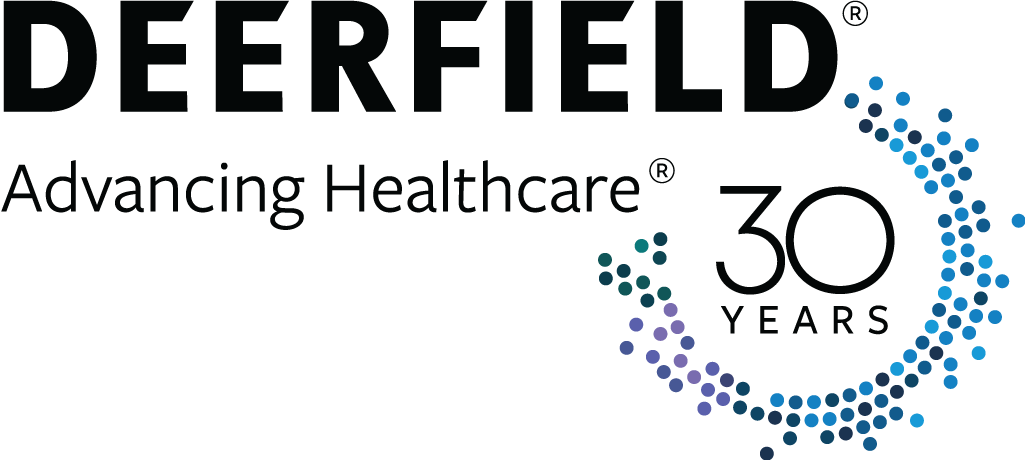Background
The hepatic manifestation of metabolic syndrome is nonalcoholic fatty liver disease. Patients with nonalcoholic steatohepatitis, the progressive form of nonalcoholic fatty liver disease, have increased risk of fibrosis, cirrhosis and end-stage liver disease. Estimates of prevalence in the United States range from 20–30 % for nonalcoholic fatty liver disease and 2–5 % for nonalcoholic steatohepatitis; however, physician awareness of these diseases is limited. The purpose of this study was to determine the current level of physician awareness and practices in the diagnosis and management of nonalcoholic fatty liver disease and nonalcoholic steatohepatitis within the United States.
Methods
Physicians were asked to participate in an online, 35-question survey about their awareness of various liver conditions and current practices.
Results
Of the 302 responding physicians, 152 were primary care physicians, and 150 were specialists (comprised of gastroenterologists and hepatologists). More specialists than primary care physicians reported that they were aware of the differences between nonalcoholic fatty liver disease and nonalcoholic steatohepatitis (p < 0.001) and that they routinely screened for nonalcoholic fatty liver disease (p < 0.001) and nonalcoholic steatohepatitis (p < 0.001). Almost half of the responding primary care physicians reported being unfamiliar with the nonalcoholic fatty liver disease and nonalcoholic steatohepatitis differences even though they were aware of both, yet 58 % of those primary care physicians were treating patients with nonalcoholic fatty liver disease and/or nonalcoholic steatohepatitis. In addition, those primary care physicians who reported being unfamiliar with nonalcoholic steatohepatitis were treating an average of 3.7 patients and reported being as likely as familiar primary care physicians to treat new patients with nonalcoholic steatohepatitis. More than half of the specialists used noninvasive diagnostic test to confirm nonalcoholic steatohepatitis, and 10 % of the specialists reported treating patients with drugs not recommended by the current guidelines.
Conclusions
Despite reporting they were not familiar with nonalcoholic steatohepatitis, primary care physicians reported they would likely continue to diagnose and manage patients with nonalcoholic steatohepatitis; therefore, more physician education on the recent practice guideline for nonalcoholic fatty liver disease and nonalcoholic steatohepatitis is needed.
Keywords: Nonalcoholic fatty liver disease, Nonalcoholic steatohepatitis, Awareness, Practice guideline, Diagnosis, Disease management, Primary care physicians










